Netgear WG111V3 Bruksanvisning
Netgear
Wifi-hotspot
WG111V3
Läs gratis den bruksanvisning för Netgear WG111V3 (54 sidor) i kategorin Wifi-hotspot. Guiden har ansetts hjälpsam av 37 personer och har ett genomsnittsbetyg på 4.7 stjärnor baserat på 19 recensioner. Har du en fråga om Netgear WG111V3 eller vill du ställa frågor till andra användare av produkten? Ställ en fråga
Sida 1/54

202-10240-02
March 2008
NETGEAR, Inc.
4500 Great America Parkway
Santa Clara, CA 95054 USA
NETGEAR 54 Mbps
Wireless USB 2.0 Adapter
WG111v3 User Manual
Produktspecifikationer
| Varumärke: | Netgear |
| Kategori: | Wifi-hotspot |
| Modell: | WG111V3 |
Behöver du hjälp?
Om du behöver hjälp med Netgear WG111V3 ställ en fråga nedan och andra användare kommer att svara dig
Wifi-hotspot Netgear Manualer
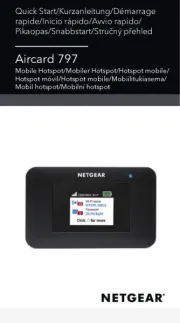
7 Juni 2025
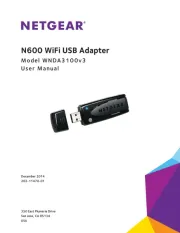
7 Juni 2025
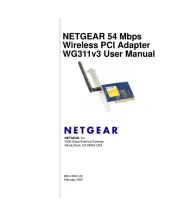
7 Juni 2025
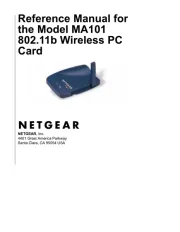
7 Juni 2025

7 Juni 2025

19 December 2024

26 September 2024

19 September 2024

1 September 2024

27 Augusti 2024
Wifi-hotspot Manualer
Nyaste Wifi-hotspot Manualer
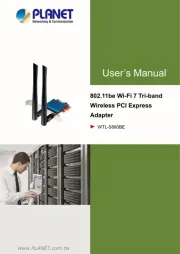
8 Oktober 2025

31 Augusti 2025
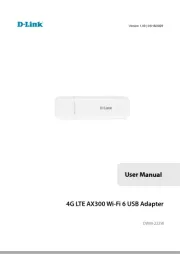
24 Augusti 2025
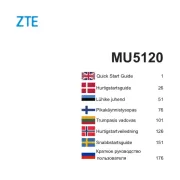
6 Augusti 2025
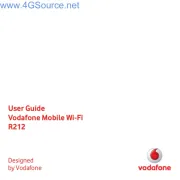
21 Juli 2025
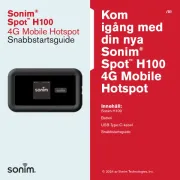
20 Juli 2025
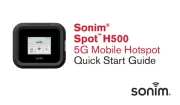
19 Juli 2025
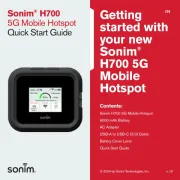
18 Juli 2025
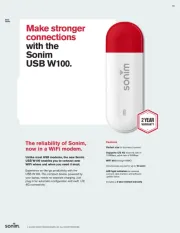
17 Juli 2025

22 December 2024